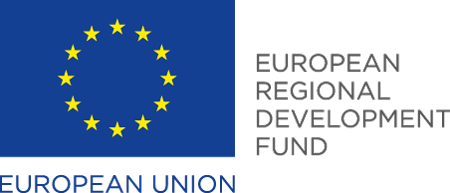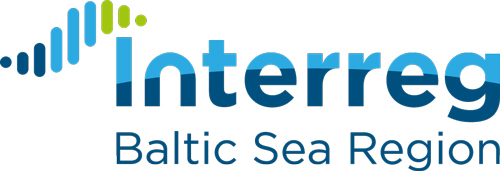How STM measure and analyse results
Sea Traffic Management (STM) results in efficient port calls, bunker savings and safer navigation. The analysis in the STM Validation project focuses on safety through Ship-to-Ship Route Exchange and efficiency through Port Call Synchronisation with possible Just In Time arrivals.
Within the STM Validation project, we are now analysing the data generated throughout the different activities, as well as other data sources. This analysis aims to validate the hypotheses formulated within the frame of the project and prove STM benefits.
The analysis focuses in two of the services offered by STM: Ship-to-Ship Route Exchange and Port Call Synchronization. While in the first case giving a quantitative measurement of the huge benefits of reducing collision risks is difficult, it is actually possible to assess how common are these events nowadays. How frequently are ships too close to others? The 300 ships participating in the test beds, together with AIS data, will provide the information needed for this analysis. Similarly, what is the effect of these events on navigation in terms of delays or extra fuel consumption and emissions? This can certainly be prevented and avoided by the use of Ship-to-Ship Route Exchange. However, the focus of this article falls on the Port Call Synchronization service and its role as a facilitator of Just In Time (JIT) arrivals.
From the AIS data, we observe that ships often experience severe delays in multiple occasions. This could be caused by several reasons, one of them being that the port does not have the required nautical resources (e.g., pilotage, tugboats or mooring) available for letting them into their destination terminal. This could be either due to the ship not arriving at the expected time or just due to internal congestion in the port, which would force the ship into the anchoring area. STM, through Port Collaborative Decision Making, provides a tool that will allow ports to start measuring their processes, including nautical operations, to optimize them and allow for a better resource provisioning or planning. With this tool in place, JIT should become a reality.
 |
 |
Figure 1: Violin plots for the speed per leg of a container ship (left) and a Ro-Pax (right). The containership has a greater variability than the Ro-Pax
With this in mind, different ships use cases are being thoroughly analysed. These comprehend, for instance, cruises, Ro-Ro, container ships or tramp services. The main goal is to estimate how much fuel and emissions could be saved if JIT arrivals at ports were a reality. The implications are multiple; it is not only about eliminating idle times before entering ports. A good resource planning will enable ports to provide an accurate Recommended Time of Arrival, so they are able to not only adjust the ship speed to reduce fuel consumption and emissions, but also to homogenize their speeds throughout their route. Currently, sustained differences of more than five knots within the same leg for particular ships have been found. Moreover, it is expected that using such a broad selection of use cases will lead to observe different results in ships of different types, as it is shown in Figure 1. This is mostly due to de facto priority systems in ports nowadays, as cruises will always be prioritized over container ships, for instance. The severity of this impact will be quantified for each ship type.
We analyse using data from different AIS providers and from the STM ports themselves. Well known data analysis techniques, such as clustering, will be applied to obtain tentative ideal routes or waypoints based on real AIS data, as shown in Figure 2. Combining these data and monitored ship speeds, different hypotheses will be followed to study and estimate how much ship roundtrip times could be reduced. Additionally, STM is devising its own methodology based on the one from the International Council on Clean Transportation to compute the approximated fuel consumptions and emissions that will shed light on how much greener shipping could be with the use of STM.

Figure 2: Computed waypoints represented over AIS Data
Text: Valenciaport Foundation







